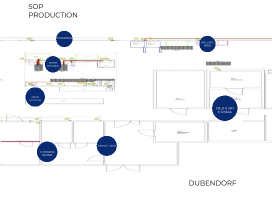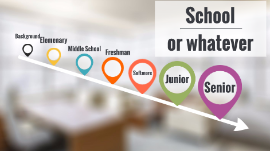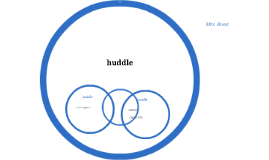SOP
Transcript: Clubs & Activities: Japanese Club, hosting a Japanese student, running lighting board for the Spring play, "Tartuffe" 1. IB Japanese 4th Year 2. IB Theatre Arts HL 3. 1st Semester: Health 2nd Semester: Sewing 4. Core English 12 5. Chemestry 6. Web Design Theatre Arts Video Production Japanese Web Design Favourite Teachers -Acting -Computers -Japanese Culture -Cars Proctor McCaW Sophomore KMTA Helped... 1. World History 2. Honours English 3. Earth Science 4. Algebra 1&2 5. Japanese 1st Year 6. Video Production Very well, thank you... Senior Related Classes Mr. Vu: Math was never my strong suit, Mr. Vu made it click for me. Coble-sensei: She inspired me to study economics in college. I took a class on video production and took an IB class that delves deep inside of what it means to be an actor. I became heavily involved in the Japanese Club as well as forging a friendship with the Japanese teacher, Coble-sensei. Many people will be expected to be computer literate. I didn't think it was possible for a young person NOT to be until I was thrown into KM's general population. What I Did to Achieve those... Clubs & Activities: Video Club, Judo, Golf 1. IB Japanese 3rd Year 2. IB Theatre Arts SL 3. Theatre Tech 4. Algebra 3&4 5. 1st Semester: IB English 2nd Semester: Core English 11 6. U.S. History and Government Life Goals: Freshman In the real world.... How my time at KM prepared me for the modern world Clubs & Activities: Japanese Club, understudy in Fall Play, "Play It Again, Sam". How has high school prepared me for the 21st Century? Clubs & Activities: Japanese Club, social parties and get-togethers with friends 1. Orchestra 2. Geometry 3. Biology 4. CWI 5. Honours English 6. Japanese 2nd Year -Become an actor -Become film director/producer -Go to Japan -Become fluent in Japanese My High School Life Junior Year Interests

















